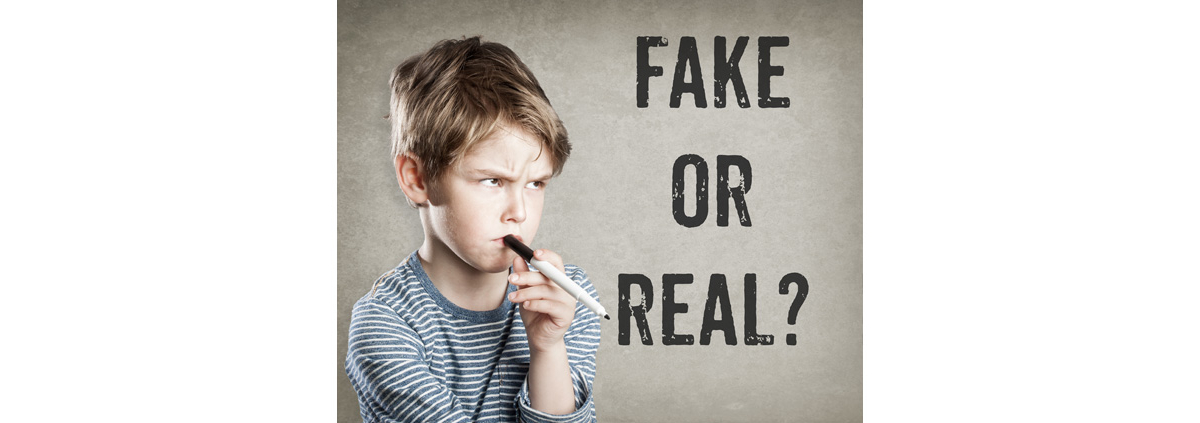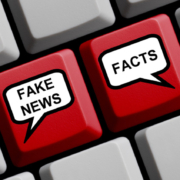Spotting Fake Health News
Would you like to know whether a health news story is fake? Should you be worried and stop eating the deadly food they’ve identified? On the other hand, should you be excited? You know, if you do this one thing, you can lose your belly fat, or this exotic fruit prevents Alzheimer’s disease!
This week I’m going to adapt what a teacher taught his fifth graders on how to spot fake news. He developed seven questions that his students should answer, but I think I can do it in six. He tells them that it won’t guarantee something is true, but it can eliminate the “fakiest” news. I’ll give you two questions per day and explain how to look for answers with the same goal in mind.
1. Can you verify what’s being said from multiple sources?
Fake health news is often passed from one fake website to another, so it’s a little more complicated. Check the bottom of the article to see if this was an author from the website posting the information or whether it was taken from somewhere else. Keep drilling down until you can find the source. That allows you to see whether the originator may be credible or not. Another way is to check it on Snopes or some other fact-checking website.
2. Is the source of the information credible?
Every legitimate article related to health should have references. The references may be scientific journals or press releases from journals; yes, there are fake journals, but they’re rare. Fake press releases exist, but you can check their source as well. The important point is that you can find and read the original sources. Sites such as WebMD and PubMed are almost always reliable, but check whether it’s a research report or just someone’s opinion. Government sites such as the National Institutes of Health publish legitimate health stories as do major organizations such as the American Heart Association.
That’s enough to get started. More on Thursday.
What are you prepared to do today?
Dr. Chet
Reference: http://bit.ly/2ozc2kC






